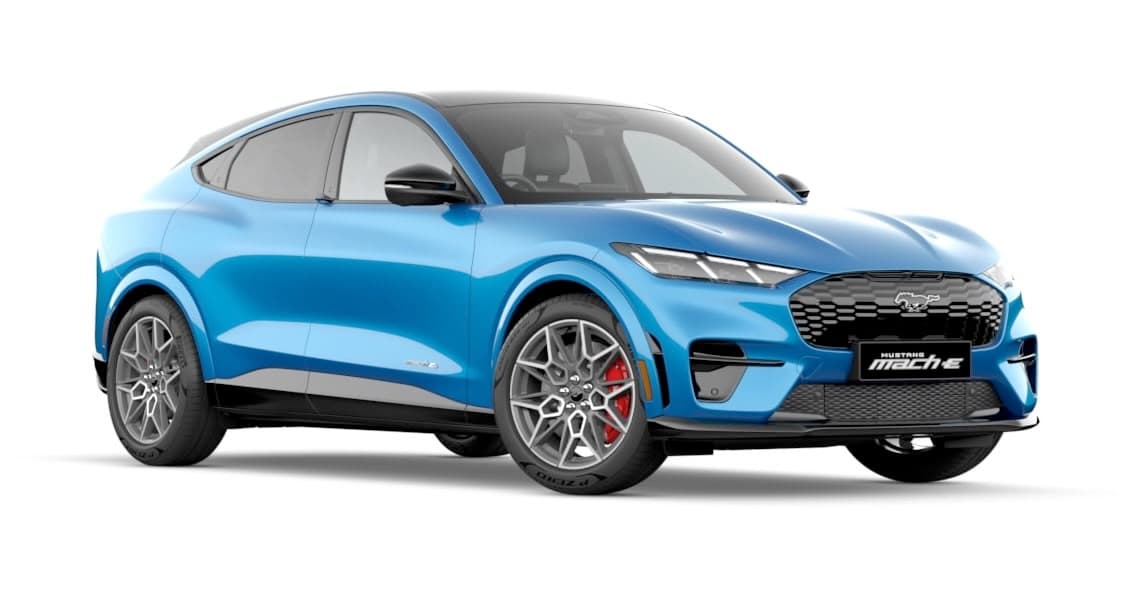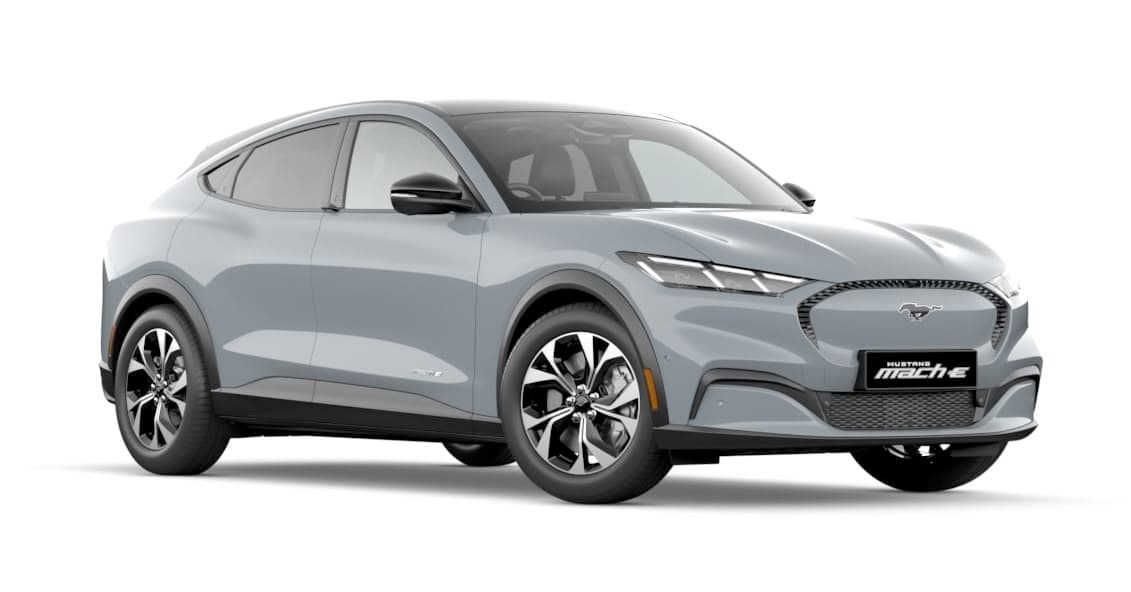Ford Mustang Mach-E

Price Range
$74,990 - $116,990
Range (WLTP)
440 - 550 km
Battery Size
78 - 98.7 kWh
Variants
The base Mach-E was refreshed at the end of 2025. The updated version has increases in power and range. The Select (previously called RWD) has new springs, dampers, and sway bars - aiming to improve comfort and handling.
Performance
0-100 km/h
6.1 sTotal Power
212 kWTorque
525 NmTop Speed
180 km/hDrive
RWDRange & Efficiency
WLTP Range
470 kmWLTP Consumption
185 Wh/kmHighway Range
367 kmYour Real Range
Calculate Battery & Charging
Battery (nominal)
78 kWhBattery (usable)
72.6 kWhBattery type
NMCAC Charging
11 kWDC Charging
150 kWVehicle-to-Load (V2L)
NoDimensions & Weight
Length
4713 mmWidth
1881 mmHeight
1624 mmGround Clearance
147 mmWeight
1969 kgShape
Large SUVSeats
5Storage & Towing
Boot Space
519 LBoot Space (Max)
1420 LFrunk
100 LTowing (Braked)
—Towing (Unbraked)
—How many Ford Mustang Mach-E have been sold in NZ?
There have been 988 registered to date (including 2 used imports).
Ford Mustang Mach-E registrations
Monthly units (includes new and used import)

